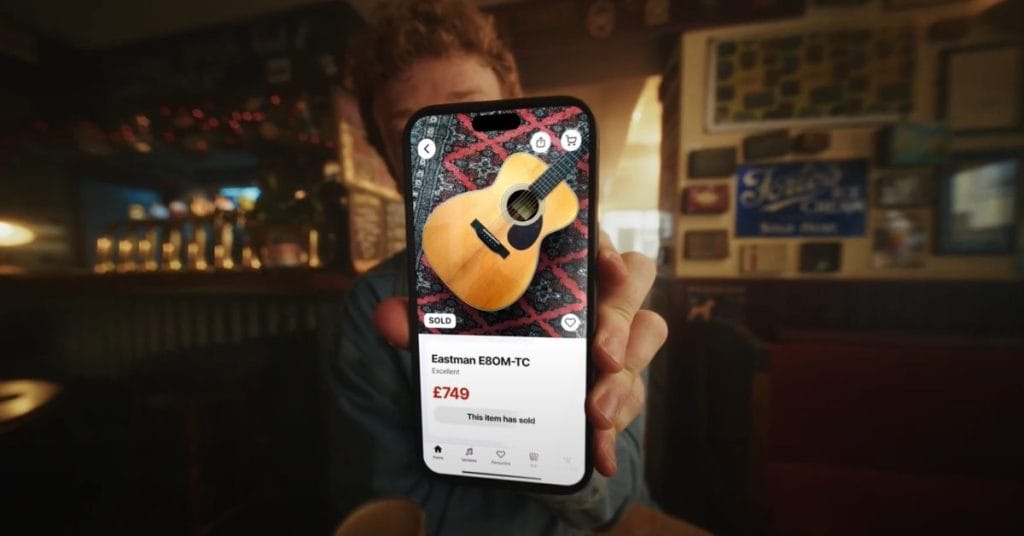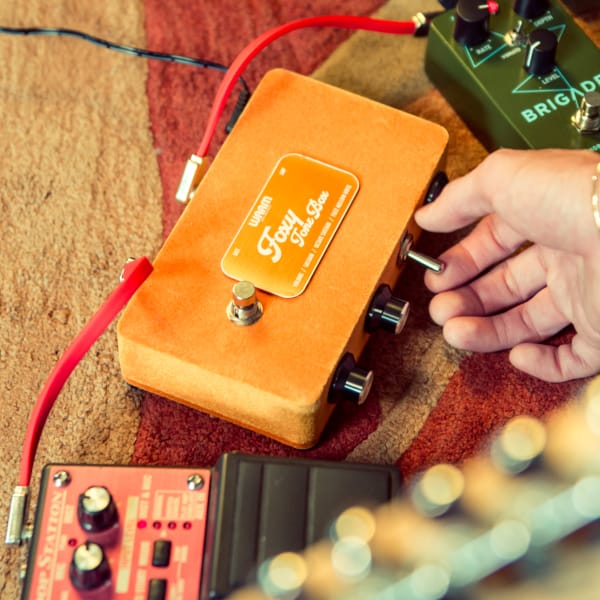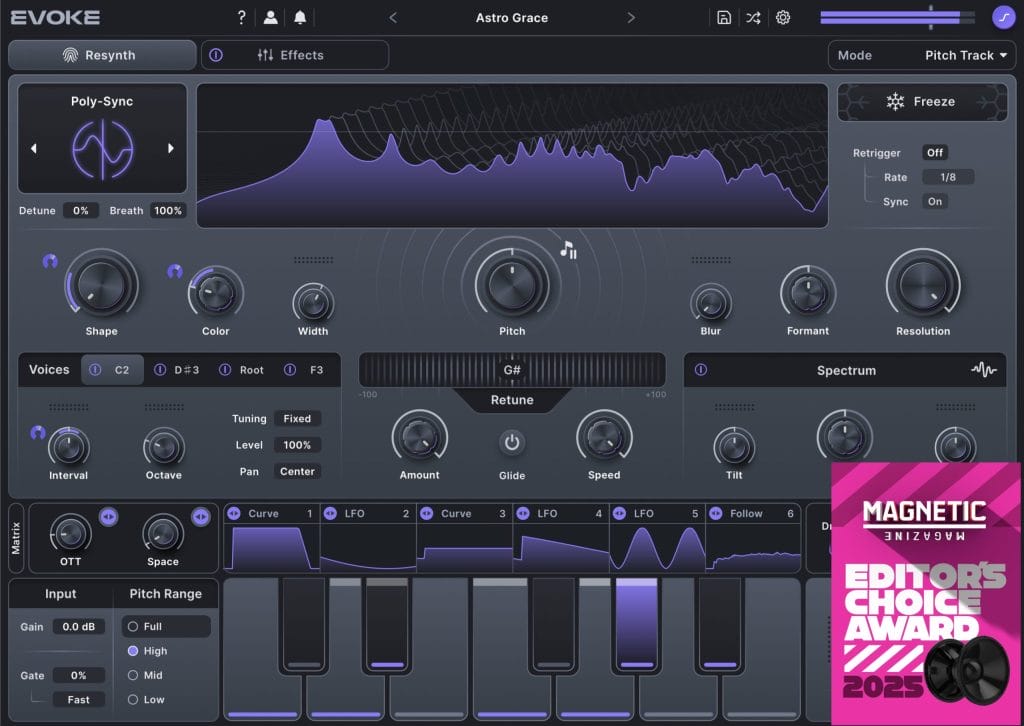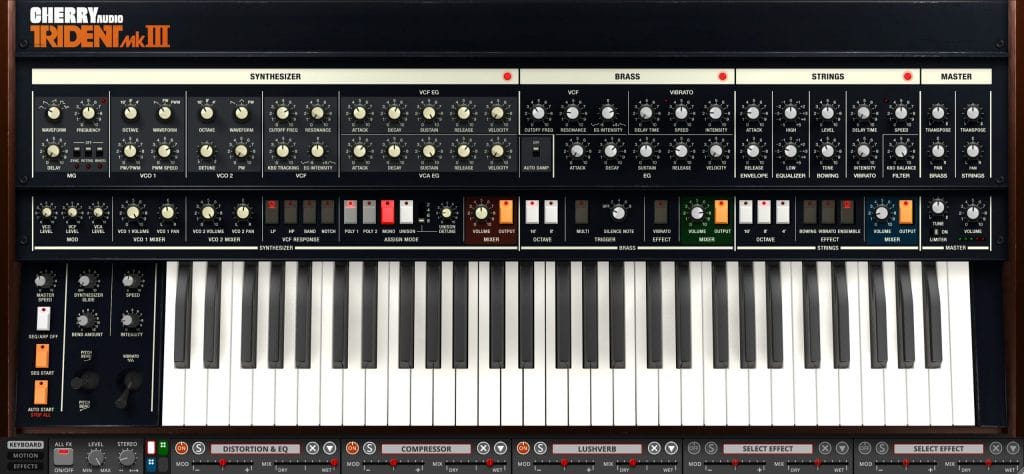When Reverb regained independence earlier this year, the used-gear marketplace started moving with a new kind of agility. Since then, features like Reverb Wallet and Sell In-Store have helped musicians buy and sell faster while giving small shops fresh ways to reach customers. Behind that momentum is a team that includes longtime musician and Senior Director of Analytics Cyril Nigg, whose work connects data with the real-world habits of players, producers, and studios.
With Ben Stahl now stepping in as CEO, Reverb’s next phase centers on community and transparency—two areas that define how musicians are navigating today’s economy. Rising import costs and shifting tariffs have pushed more players toward used gear, reshaping the way they think about value and sustainability. Cyril breaks down what Reverb’s data shows about these changes, from the steady growth in secondhand listings to how independent sellers are adapting.
In this interview, we look at how global pricing trends, feature rollouts, and leadership changes are converging to influence the gear economy. Cyril shares firsthand insights on why used gear is gaining momentum, how Reverb’s independence allows faster innovation, and what these shifts mean for musicians building studios on real-world budgets.
Have you seen any trends showing musicians or studios buying used gear instead of new because of higher import costs?
Absolutely. We’re seeing steady growth in used gear sales as more musicians recognize the value of buying secondhand, especially with new gear prices climbing recently. The amount of used gear listed on Reverb has been growing, and, more importantly, this gear is selling faster than it was in prior periods. In short, we’re seeing an increase in the supply of used gear coupled with strong buyer demand for secondhand instruments.
Interestingly, pro audio, recording equipment, and synths have been among our best performing categories this year, with buyers often saving 30% or more by choosing used.
Take the studio staple Shure SM7B, for example. In May, its new price rose from $399 to $439, about a 10% increase. Yet on the used market, it’s consistently selling for around $275, depending on condition and accessories. For many buyers, the risk is low: You can usually resell a used item for close to what you paid. If you only need a great dynamic mic for a few sessions, buying used makes sense—and you can flip it later and put that money toward a condenser mic for your next project.
We’re also seeing more first-time buyers come to Reverb to purchase used, especially when they see the wide range of available gear at every price point on the marketplace. Buying through a platform like Reverb is much safer and easier compared to meeting up with a random stranger in their warehouse practice space on the other side of town, only to learn he forgot to mention the power cable doesn’t work. Trust me, I’ve been there!
Are you seeing stronger growth in used gear sales compared to new gear listings?

Yes. We’re continuing to see a noticeable shift toward used gear. In a recent survey of U.S. musicians, the share of players who prefer buying used over new jumped more than 50% year over year. That aligns with what we’re seeing on Reverb: Roughly half of new items listed this year have increased in price, while prices for used gear—especially guitars and pedals—have remained remarkably steady. Our Reverb Price Index shows that stability clearly, underscoring how the used market has become an increasingly attractive and predictable option for musicians.
Reverb recently regained independence earlier this year. How does that change your ability to adapt quickly to global market trends?
From August of 2019 until this April, Reverb was owned by Etsy. They were a great parent company for us, helping us strengthen our business and grow foundational capabilities, such as the Analytics team I lead here.
Now that we’re independent, however, we can focus solely on the needs of our own community of buyers and sellers. Not being part of a publicly traded company allows us to move faster in service of our users. A great example of this is the Warm Audio Mystery Box promotion we ran earlier this month.
Reverb users would receive a popular studio mic from Warm Audio ranging in value from $299 to $1299 for $249.
How are features like Reverb Wallet or Sell In-Store helping musicians manage their buying and selling more efficiently?

I’ve worked for Reverb for six years now, but long before that I was a musician playing in a band using Reverb to buy and sell gear in order to make ends meet. And I’m certainly not alone. So many Reverbers are in bands, with a number out on tour as we speak. Because we’re tapped into the needs of everyday musicians, we try to build tools we ourselves find useful, like Wallet and Sell In-Store, and we’ve seen an uptick in the adoption of both features.
For example, the number one reason musicians sell on Reverb is to buy another instrument.
With Reverb Wallet, it’s easier to manage your gear fund and save up for that next piece of gear. Plus, payouts are faster and you earn a 1% cash bonus when using the Wallet. Similarly, sell in-store leans into that instant gratification, while also providing the small businesses on Reverb a way to get more musicians into their stores. By offering musicians an instant quote for their gear online, and allowing them to take it to a local shop to get paid the same day—no haggling or shipping required—we’re helping uplift the entire musical instruments industry.
What are the company’s main goals over the next year now that the executive transition is complete?

Our mission hasn’t changed—we want to make it as easy as possible for people to buy and sell music gear. Everything we do centers on that goal. Over the next year, two key areas of focus are community and pricing transparency.
Reverb is powered by the musicians who use it every day. We have an incredible global community of buyers and sellers, and the mix of gear on the site is constantly evolving. On average, around 7,000 used listings go live every single day—everything from rare, one-of-a-kind pieces like a custom-built EMS Synthi A (the same model Pink Floyd used on Dark Side of the Moon) to more accessible studio staples like Universal Audio interfaces or a trusty microKorg. Many of these items move quickly—roughly 60% of well-priced listings sell in under a week.
We also have access to a one-of-a-kind dataset that reflects millions of transactions between individual musicians. That insight fuels our ongoing work to improve pricing transparency through tools like our Price Guide and Reverb Price Index, helping the community understand the real market value of their gear and make informed buying and selling decisions.
Do you anticipate these effects being temporary, or do you think they’re reshaping long-term buying behavior among musicians?
Over the past 12 years, we’ve seen several major cycles play out across the musical instrument industry—from pre-COVID patterns to the pandemic surge and into the current era. What’s clear is that the shift toward used gear isn’t just a passing trend. It’s part of a broader embrace of the circular economy that’s happening across categories.
Musicians of all generations are leaning into sustainability and value—buying pre-owned not only saves money but also keeps great gear in use longer.
We’re seeing the same behavior in other industries, from apparel to consumer electronics. But musical instruments are special: they’re built to last, often improving with age. A vintage guitar, a well-loved amp, or an old analog synth doesn’t just hold its value—it carries a creative history that continues to inspire new music.
The post Reverb’s Cyril Nigg Talks Tariffs, Independence, and Why the Used Market Is Thriving appeared first on Magnetic Magazine.






